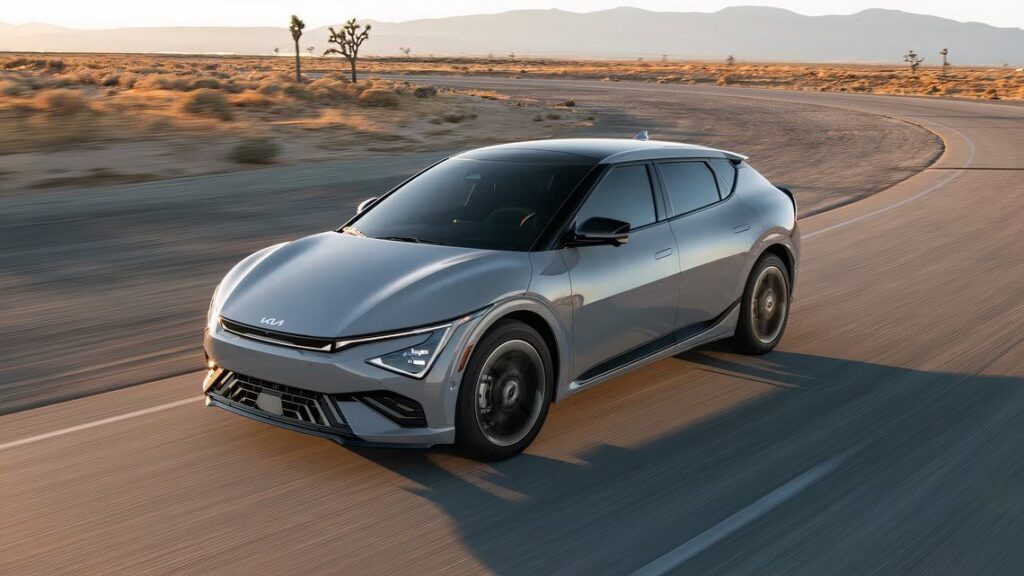In case you’re still worried about how long batteries in electric vehicles (EVs) will last, perhaps this latest study from Geotab will reassure you. Turns out battery degradation isn’t happening at the rate we were expecting, and the batteries themselves are actually quite reliable. This leads to EVs that could last more than two decades on their original running gear. Could we end up with EVs that can outlast vehicles powered by internal combustion engines (ICEs)? We could already be there.
Battery Degradation Is What Drives Battery Longevity
Battery degradation is a natural phenomenon that occurs as a battery ages. The more charge cycles a battery is subjected to, the more its conductive materials wear down, slowly losing their ability to store and transport electricity. As the battery degrades, it will become a victim of loss of range and longer charging times.
While battery degradation is an inevitable outcome for all EV batteries, automakers and battery suppliers constantly try to find new chemistry to help mitigate the damaging effects of an aging battery. Other factors, some controllable, some not, can also accelerate battery degradation, like prolonged exposure to very high (80 degrees F or above) or very low ambient temperatures (23 degrees F or below), constant DC fast-charging, regularly charging an EV to 100-percent on a level 2 home charger, and constantly draining the battery below 20-percent charge.
But Geotab, a telematics firm that developed its own EV battery degradation tool back in 2019, discovered that battery degradation isn’t happening as quickly as we might expect. The firm analyzed 10,000 EVs over the span of six years, and actually realized that EV batteries are turning out to be much more reliable than they had originally anticipated, with high-use EVs showing equal signs of battery degradation than lower-use vehicles.
Geotab’s research also reveals that battery failures, caused by manufacturer malfunction or normal wear and tear, are rather rare. According to its study, an EV’s failure rate over the span of 10 years is less than 0.5-percent. This is actually lower than the expected failure rate of an ICE-powered car.
A Battery’s Annual Degradation Rate Is Less Than Two-Percent
Geotab’s data also reveals that the average yearly degradation rate for a modern EV battery is 1.8-percent, a significant decrease versus its 2.3-percent initial observation in 2019. A lot of this has to do with improved battery chemistry and more effective battery management software, as well as improvements in temperature management. As software becomes increasingly more precise through the use of artificial intelligence, EVs will become more effective at managing their own battery’s state of health.
An EV’s cooling system is also very important for mitigating battery degradation. Among the vehicles observed, Geotab compared a 2015 Tesla Model S with a Nissan Leaf of the same model year. The Tesla, thanks to its contemporary liquid-cooled battery, showed a 2.3-percent degradation rate. The Leaf, on the other hand, which cools its battery using a more rudimentary passive air system, saw a 4.2-percent degradation rate over the same timeframe.
What also came out of this research is that degradation rates are not linear, meaning they don’t move forward at the same rate year after year. We’re noticing that the bulk of a battery’s degradation happens early on, at which point the battery reaches a sort of degradation plateau. It’s only once the battery approaches the end of its lifespan that we’ll notice sudden drops in degradation. When that happens, chances are the car is two decades old.
It’s important to mention that while an EV’s battery may no longer offer the same sort of range and charging performance as when it left the dealer lot new, its degraded range and charging figures may still be adequate for its owner’s needs. This is why we’re still seeing early model, high-mileageTesla Model S’ and Nissan Leafs roaming our streets, clear proof that EVs are indeed reliable.
Read the full article here


